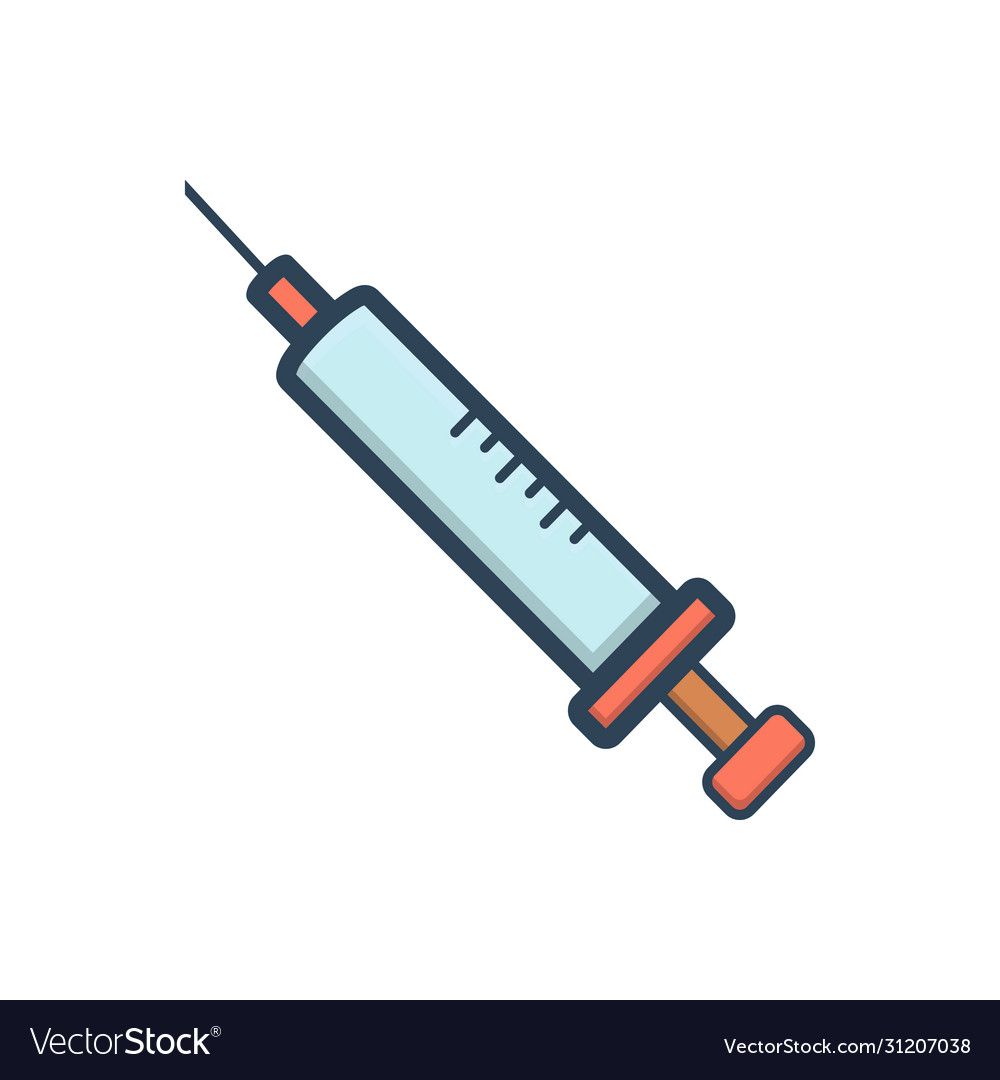Indications
Ondansetron is a serotonin subtype 3 (5-HT3) receptor antagonist indicated:
- Prevention of nausea and vomiting associated with initial and repeat courses of emetogenic cancer chemotherapy.
- Prevention and treatment of post-operative nausea and vomiting.
- Prevention of radiotherapy-induced nausea and vomiting.
Pharmacology
Ondansetron is a potent, highly selective 5HT3 receptor-antagonist. Its precise mode of action in the control of nausea and vomiting is not known. Chemotherapeutic agents and radiotherapy may cause release of 5HT in the small intestine initiating a vomiting reflex by activating vagal afferents via 5HT3 receptors. Ondansetron blocks the initiation of this reflex. Activation of vagal afferents may also cause a release of 5HT in the area postrema, located on the floor of the fourth ventricle, and this may also promote emesis through a central mechanism. Thus, the effect of ondansetron in the management of the nausea and vomiting induced by cytotoxic chemotherapy and radiotherapy is probably due to antagonism of 5HT3 receptors on neurons located both in the peripheral and central nervous system. The mechanisms of action in post-operative nausea and vomiting are not known but there may be common pathways with cytotoxic induced nausea and vomiting.
Dosage And Administration
Chemotherapy-Induced Nausea and Vomiting-
Adults, Pediatric patients (6 months to 18 years):
- 8 mg tablet/orodispersible tablet: Three 0.15 mg/kg doses, up to a maximum of 16 mg per dose.
- 4 mg orodispersible tablet: Three 0.15 mg/kg doses, up to a maximum of 16 mg per dose.
- Injection: Three 0.15 mg/kg doses, up to a maximum of 16 mg per dose, infused intravenously over 15 minutes.
Radiotherapy-Induced Nausea and Vomiting-
Adults:
- 8 mg tablet/orodispersible tablet: Initial Dose: 8 mg orally 1 to 2 hours before radiotherapy. Post Radiotherapy: 8 mg orally every 8 hours for up to 5 days after a course of treatment.
- 4 mg orodispersible tablet: Three 0.15 mg/kg doses, up to a maximum of 16 mg per dose.
- Injection: Three 0.15 mg/kg doses, up to a maximum of 16 mg per dose, infused intravenously over 15 minutes.
Postoperative Nausea and Vomiting-
Adults:
- 8 mg tablet/orodispersible tablet: 16 mg given as two 8 mg tablets
- 4 mg orodispersible tablet: 16 mg
- Injection: 4 mg
Pediatrics (>40 kg): Injection: 4 mg
Pediatrics (40 kg): Injection: 0.1 mg/kg
Oral Soluble Film:
Prevention of nausea and vomiting associated with highly emetogenic cancer chemotherapy:
- Adult oral dose: 24 mg given successively as three 8 mg films 30 minutes before the start of chemotherapy.
Prevention of nausea and vomiting associated with moderately emetogenic cancer chemotherapy:
- Adults and pediatric patients 12 years of age and older: One 8 mg film 30 minutes before chemotherapy followed by an 8 mg dose 8 hours later. Administer one 8 mg film twice a day (every 12 hours) for 1 to 2 days after completion of chemotherapy.
- Pediatric patients 4 through 11 years of age: One 4 mg film three times a day. Administer the first dose 30 minutes before chemotherapy, with subsequent doses 4 and 8 hours later. Administer one 4 mg film three times a day (every 8 hours) for 1 to 2 days after completion of chemotherapy.
- Prevention of nausea and vomiting associated with radiotherapy: The adult dosage is one 8 mg film three times a day.
- Postoperative nausea and vomiting: The adult dose is 16 mg given successively as two 8 mg films 1 hour before anesthesia.
Administration
Administration of Oral Soluble Film:
- Step 1: Tear the pouch carefully along with the edge tear mark.
- Step 2: Put the Ondansetron film on top of your tongue. It will dissolve within 20 seconds
- Step 3: Do not chew or swallow the film whole.
- Step 4: Swallow after the Onsaf oral soluble film dissolves. You may swallow the dissolved film with or without liquid.
- Step 5: Wash your hands after taking Onsaf oral soluble film
Interaction
The potential for clinically significant drug interactions with Ondansetron appears to be low.
Contraindications
Contraindicated in patients known to have hypersensitivity to the drug or any of its components. Concomitant use of apomorphine.
Side Effects
The most common adverse reactions in chemotherapy-induced nausea and vomiting (incidence 7%) are diarrhea, headache and fever. The most common adverse reactions in postoperative nausea and vomiting in adults is headache (incidence 10%), and in pediatric patients aged 1 to 24 months is diarrhea (incidence 2%).
Pregnancy And Lactation
Pregnancy Category B. Ondansetron is excreted in the breast milk of rats. It is not known whether ondansetron is excreted in human milk. Because many drugs are excreted in human milk, caution should be exercised when ondansetron is administered to a nursing woman.
Precautions And Warnings
Hypersensitivity reactions, including anaphylaxis and bronchospasm, have been reported with or without known hypersensitivity to other selective 5-HT3 receptor antagonists. QT prolongation occurs in a dose-dependent manner.
Use in special populations
Geriatric Use: Dosage adjustment is not needed in patients over the age of 65.
Hepatic Impairment: A total daily dose of 8mg should not be exceeded (patients with severe hepatic impairment).
Renal Impairment: No dosage adjustment is recommended.
Storage Conditions
Store at temperature not exceeding 30ºC in a dry place. Protect from light and moisture.
